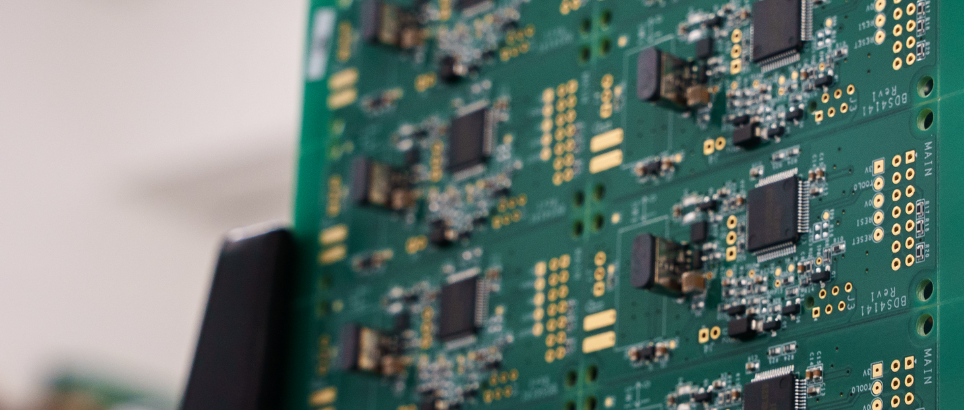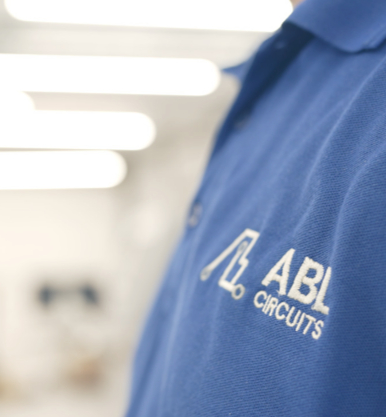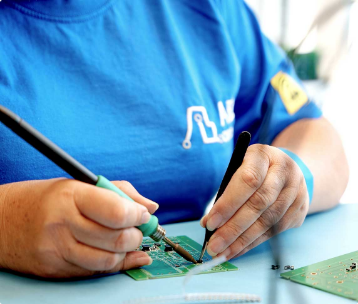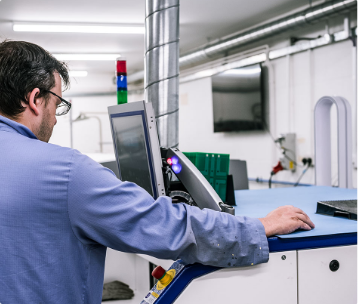Double Sided PCBs

What Are Double-Sided PCBs?
Double-sided printed circuit boards (PCBs) are a widely used option in the electronics industry, offering enhanced design flexibility and the ability to support more complex circuitry compared to single-sided PCBs.
Unlike single-sided boards, double-sided PCBs feature conductive copper layers and components on both sides of the substrate. This dual-sided construction allows for more compact routing of circuit traces, which can alternate between the top and bottom layers through vias - small holes drilled through the board to enable connections between layers.
How Are Double-Sided PCBs Connected?
Components on a double-sided PCB are connected using either through-hole technology (THT) or surface-mount technology (SMT), depending on the specific design and application requirements.
Just like single-sided PCBs, these boards include all standard layers, substrate, copper, solder mask, and silkscreen, but applied to both sides of the board for increased functionality and capacity.
Benefits of Double-Sided PCBs
Double-sided PCBs offer several advantages, including:
- Greater circuit density – With components on both sides, there’s more room for complex circuitry.
- Design flexibility – The ability to route between layers allows for more intricate designs.
- Cost-efficiency – Despite offering more capability, double-sided PCBs are often smaller and more affordable than multilayer alternatives.
These boards are ideal for more advanced applications such as LED lighting systems, automotive dashboards, and industrial controls, where greater functionality is required without the cost or complexity of multilayer PCBs.

Looking for a bespoke manufacturing solution?
See how ABL Circuits can help you today:
Quick Quote
Alternatively, for a quick overview, fill out the basic form to the right.















